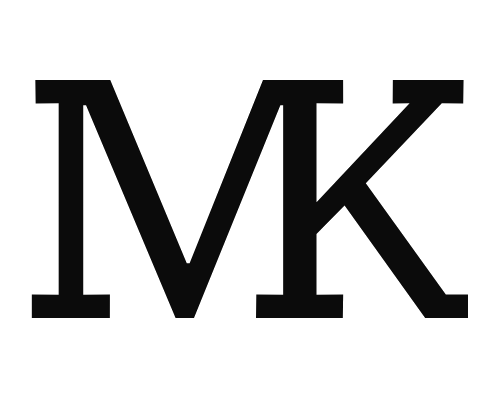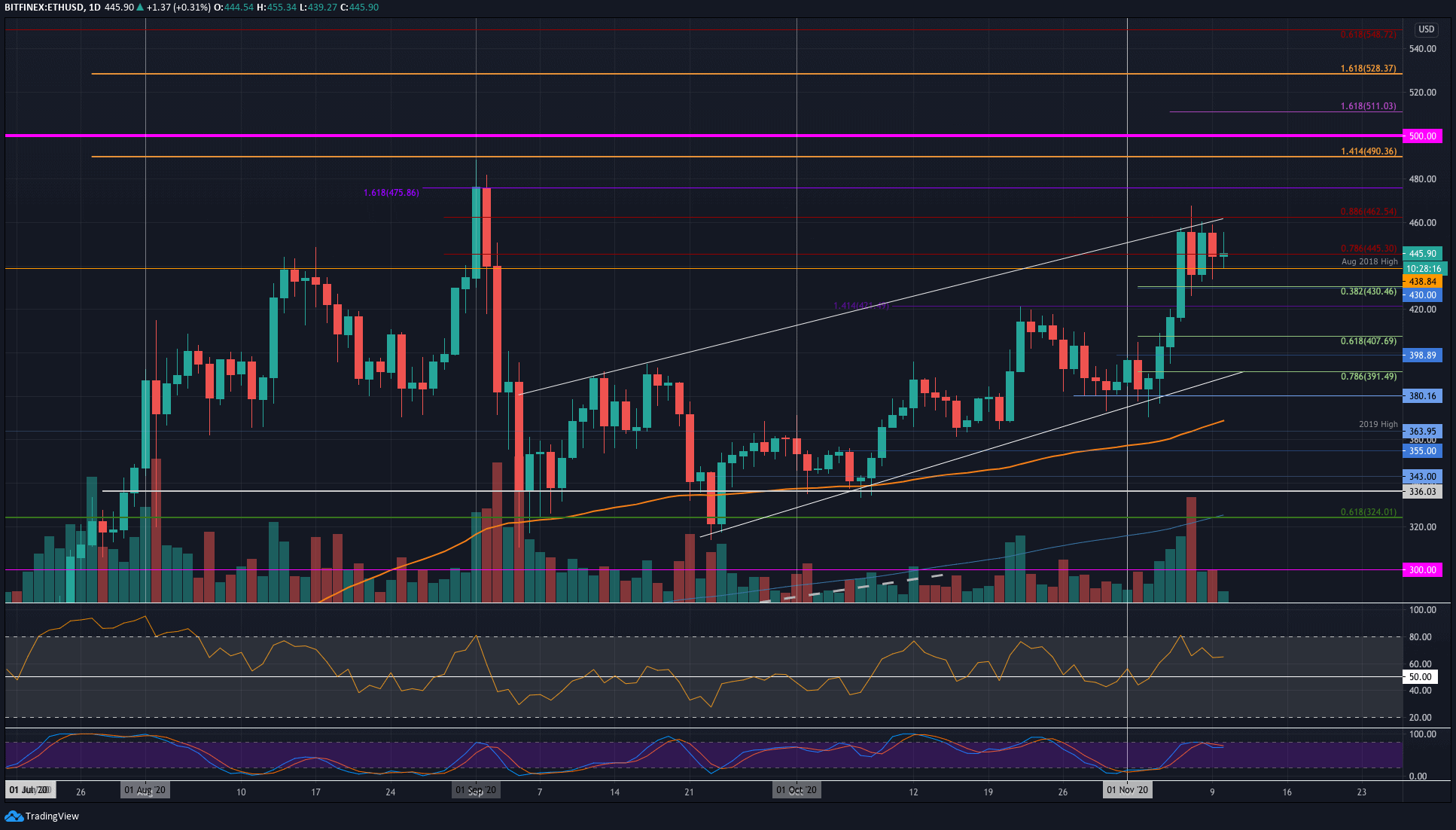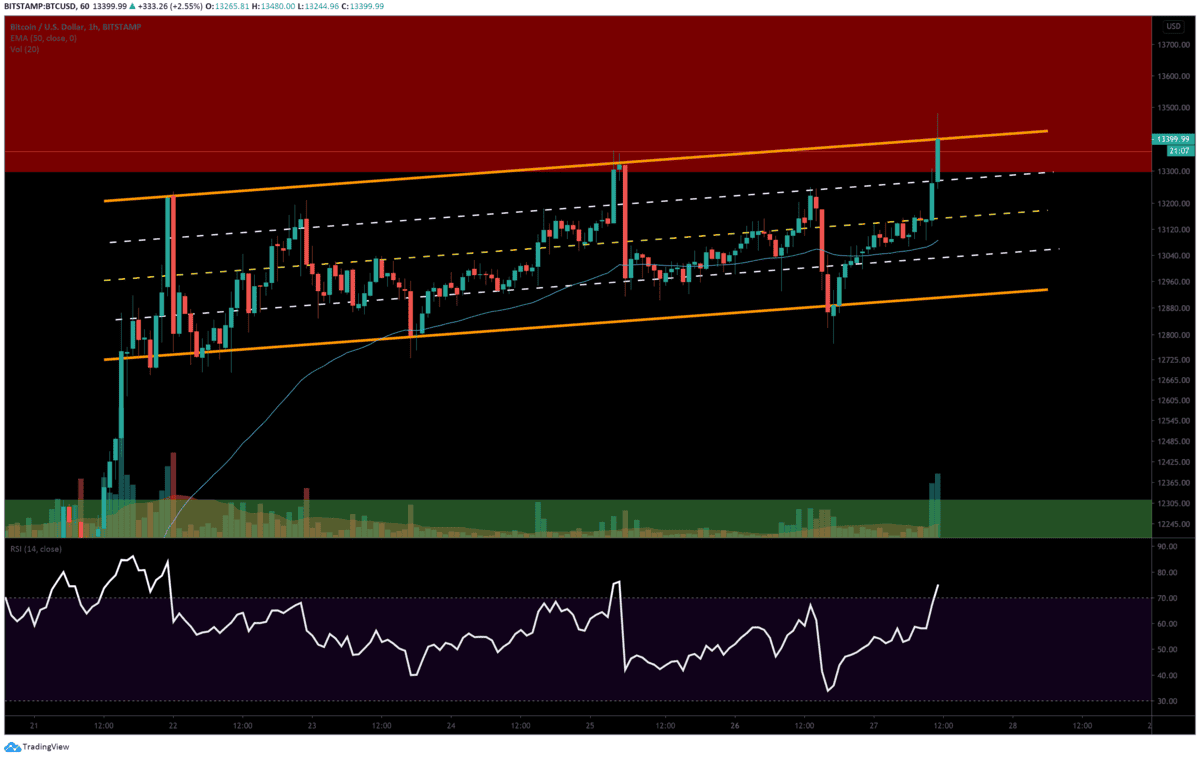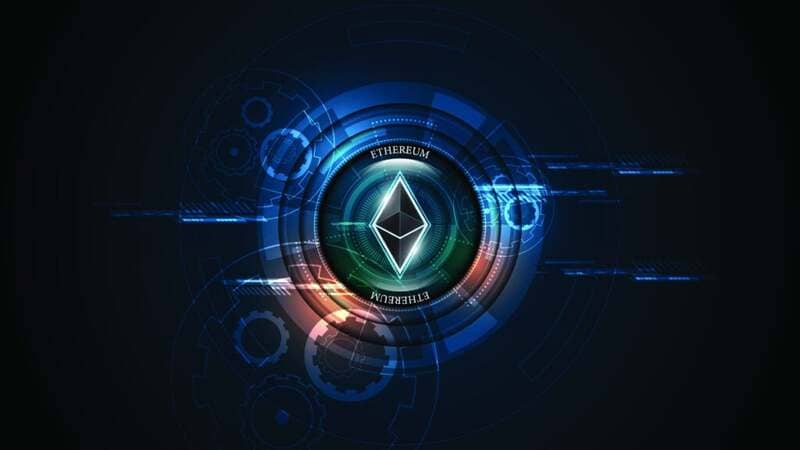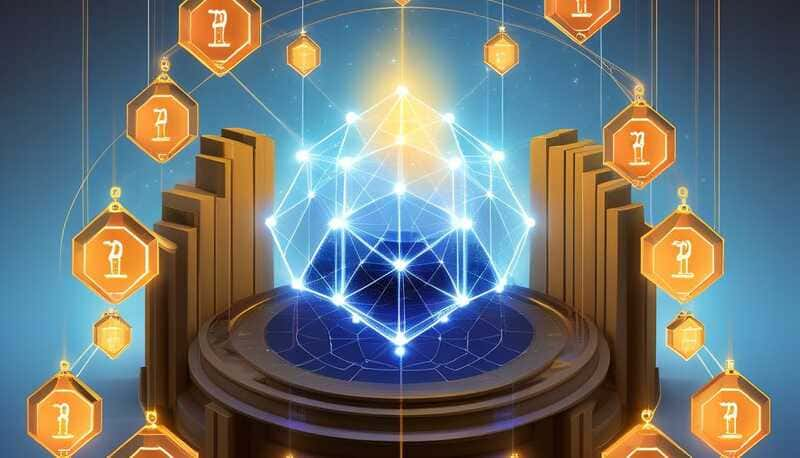
Oracles are essential to the functioning of decentralized finance (DeFi) protocols, as they provide reliable data to smart contracts that operate on blockchains. While smart contracts can execute self-enforcing agreements, they are typically limited to data already available on the blockchain. Oracles solve this problem by feeding real-world information, such as asset prices, weather data, or other off-chain data, into smart contracts.
This post will explore how oracle solutions work in DeFi, the different types of oracles available, their challenges, and the evolution of oracle technology. The role of decentralized oracles and the advantages they offer in terms of security and reliability will also be discussed. Additionally, we will analyze the future potential of oracles in scaling DeFi applications and enabling more complex decentralized finance use cases.
1. What Are Oracles and Why Are They Essential for DeFi?
In the context of blockchain technology, an oracle is a service that provides off-chain data to smart contracts, enabling them to execute based on real-world information. Without oracles, blockchains would be restricted to operating within their own networks, unable to access or verify external data, which is vital for many DeFi applications. Oracles act as intermediaries that fetch data from external sources (e.g., price feeds, sports scores, weather conditions) and deliver it to smart contracts on the blockchain in a verifiable and secure manner.
Oracles are fundamental for a wide range of DeFi applications, including:
- Decentralized Exchanges (DEXs): Accurate price feeds from oracles are critical for calculating exchange rates and preventing market manipulation.
- Lending and Borrowing Protocols: Oracles provide real-time price data to ensure that loan collateral is correctly valued and that liquidations happen based on accurate information.
- Stablecoins: Many stablecoins rely on oracles to maintain their peg to fiat currencies or other assets by ensuring that the collateral backing the stablecoin is accurately valued.
- Insurance Protocols: Oracles enable smart contracts to trigger payouts based on real-world events, such as weather conditions for crop insurance or flight delays in travel insurance.
2. Types of Oracles
There are several different types of oracles, each designed for different use cases in DeFi and beyond. Understanding these different types is key to assessing their advantages and limitations:
- Software Oracles
Software oracles retrieve data from online sources, such as APIs, websites, or databases. These oracles are often used to fetch price data, exchange rates, and other financial data from external websites. Examples of software oracles include Chainlink, Band Protocol, and Dia. - Hardware Oracles
Hardware oracles retrieve data from physical devices such as sensors, RFID tags, or IoT devices. For example, a hardware oracle could be used to monitor temperature or humidity levels in a warehouse and trigger smart contracts based on these readings. Hardware oracles are essential for use cases in industries like agriculture, logistics, and supply chain management. - Inbound Oracles
Inbound oracles feed external data into the blockchain. For example, a price oracle might retrieve the current price of Bitcoin from a reliable data source and send it to a smart contract on the Ethereum blockchain. Inbound oracles are commonly used for financial and market data. - Outbound Oracles
Outbound oracles work in the opposite direction, allowing smart contracts to send data or instructions to external systems. For instance, a smart contract could instruct an oracle to release payment in an external system once certain conditions are met. These oracles are often used in DeFi lending protocols and other smart contract-based applications where external actions need to be triggered. - Consensus Oracles
Consensus oracles combine data from multiple sources and aggregate it in a decentralized manner. This is essential for preventing a single point of failure and ensuring that data fed into the blockchain is reliable and tamper-resistant. Chainlink’s decentralized oracle network, which collects data from multiple independent sources and uses a consensus mechanism to deliver accurate results, is one example of this type of oracle.
3. Technical Mechanism Behind Oracles
Oracles use a combination of off-chain infrastructure and on-chain verification mechanisms to ensure the reliability and security of the data they provide. The basic flow of an oracle’s operation can be broken down as follows:
- External Data Collection
The oracle collects data from external sources, such as APIs, sensors, or databases. The data is often fetched by scraping websites or pulling information from APIs. - Data Verification and Aggregation
To ensure the data is correct, oracles often aggregate data from multiple sources and employ various methods of validation. In decentralized oracles, this aggregation process involves multiple independent data providers reaching a consensus. - Off-Chain Data Transmission
Once the data is verified, the oracle transmits it to the blockchain in a form that smart contracts can understand. This data transmission typically involves the use of cryptographic proofs to ensure that the data has not been tampered with in transit. - On-Chain Verification
Once the data reaches the blockchain, it is stored in a smart contract, which can then trigger actions based on predefined conditions. Oracles often use proof-of-stake or proof-of-work models to incentivize data providers to act honestly and prevent malicious behavior.
4. The Role of Oracles in DeFi
Oracles are critical to the operation of DeFi protocols. Without access to external data, many DeFi applications would be unable to function as intended. Here are some specific examples of how oracles are used in DeFi:
- Price Feeds: Decentralized exchanges (DEXs) rely on oracles to provide real-time price data for asset pairs, enabling users to trade cryptocurrencies and tokens at the most up-to-date rates.
- Lending and Borrowing Platforms: Platforms like Aave and Compound use oracles to get price feeds and determine whether the value of a borrower’s collateral is sufficient to avoid liquidation.
- Stablecoins: Stablecoins like MakerDAO’s DAI and Terra rely on oracles to provide external price data to maintain their peg to a stable asset such as the U.S. dollar.
- Decentralized Insurance: Oracles help enable insurance protocols by providing real-world data such as weather reports or flight delays to trigger smart contracts for automatic payouts.
5. The Future of Oracles in DeFi
As DeFi continues to mature, the role of oracles is expected to evolve. Several advancements are being made in the space, including:
- Decentralized Oracle Networks: Projects like Chainlink and Band Protocol are moving toward a fully decentralized model for oracles, reducing the risks associated with centralization.
- Oracle Enhancements: New techniques like secure multi-party computation (SMPC) and Verifiable Random Functions (VRFs) are being implemented to enhance data integrity and security.
- Cross-Chain Oracles: As cross-chain interoperability becomes more prominent, oracles will play a vital role in enabling data exchange between different blockchain networks.
- Integration with IoT: The increasing use of IoT devices opens up new opportunities for hardware-based oracles, enabling real-world data to be incorporated into smart contracts on a larger scale.
Oracles will remain a cornerstone of the blockchain ecosystem, and innovations in their design and implementation will continue to drive the growth of DeFi and beyond.
